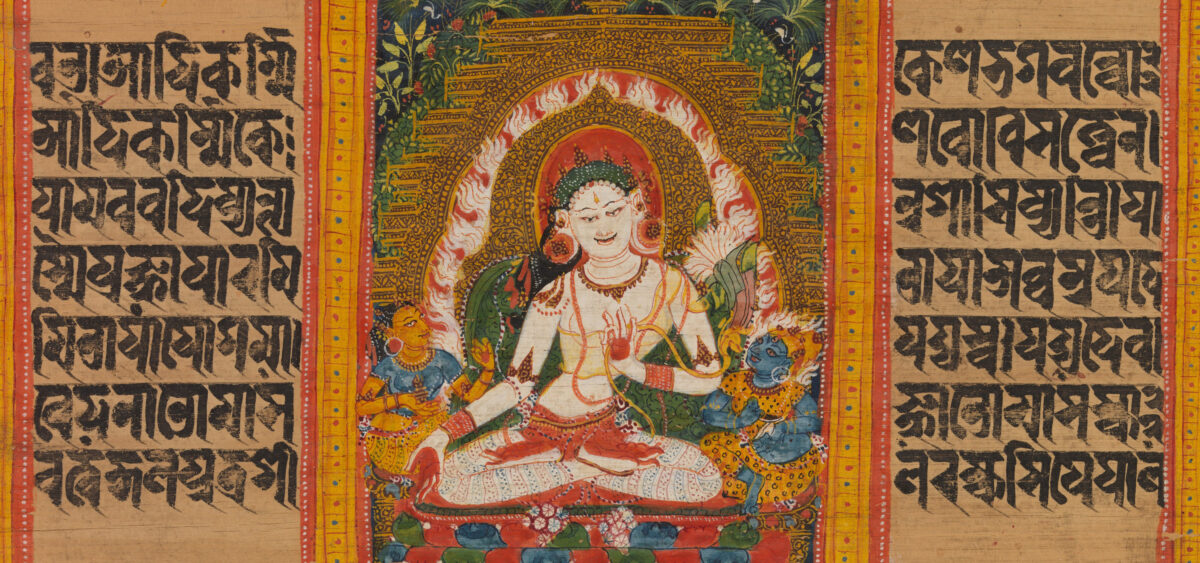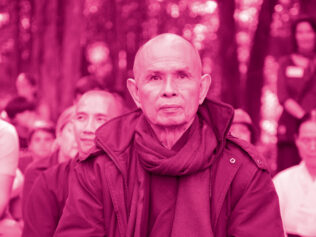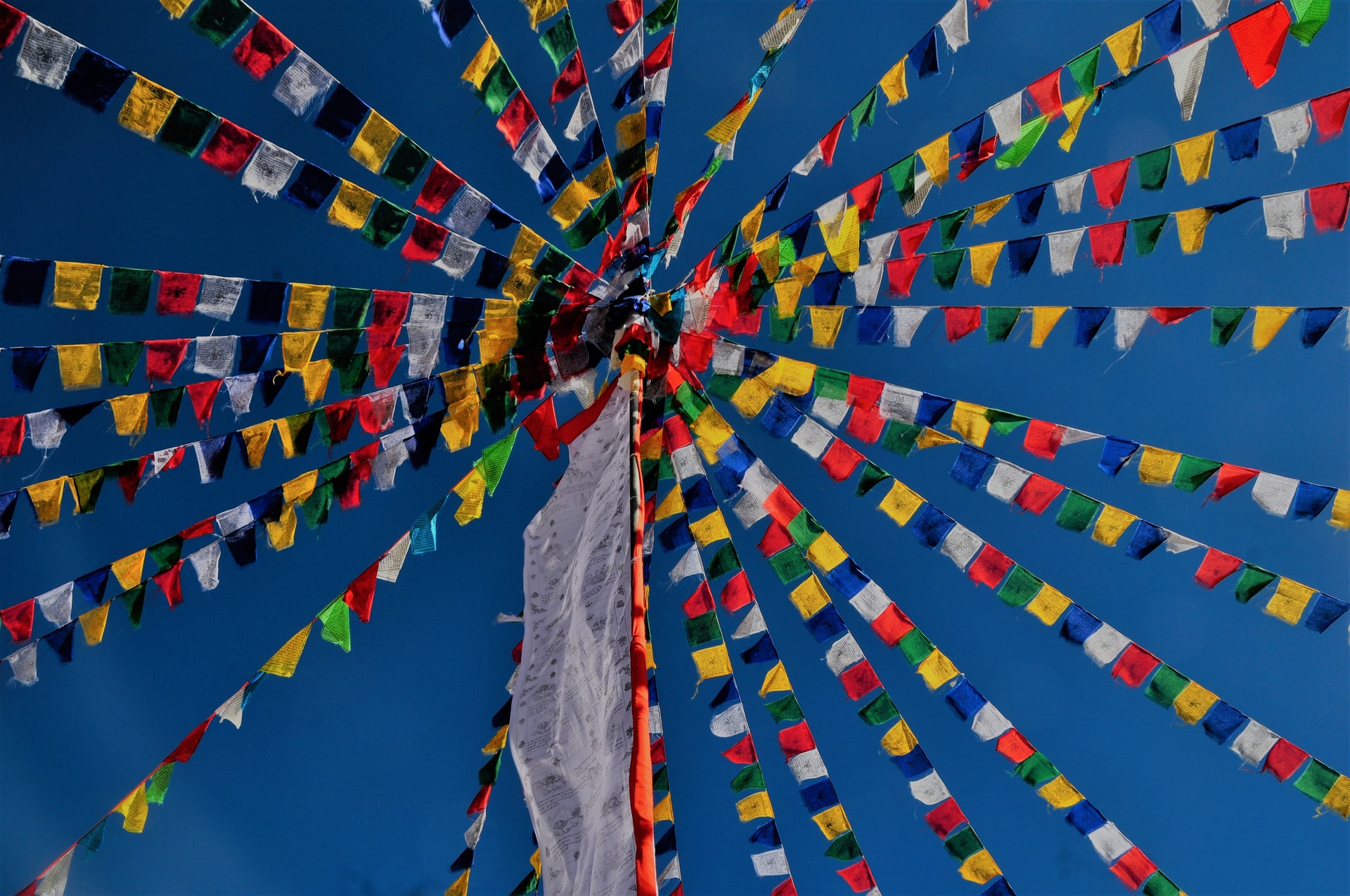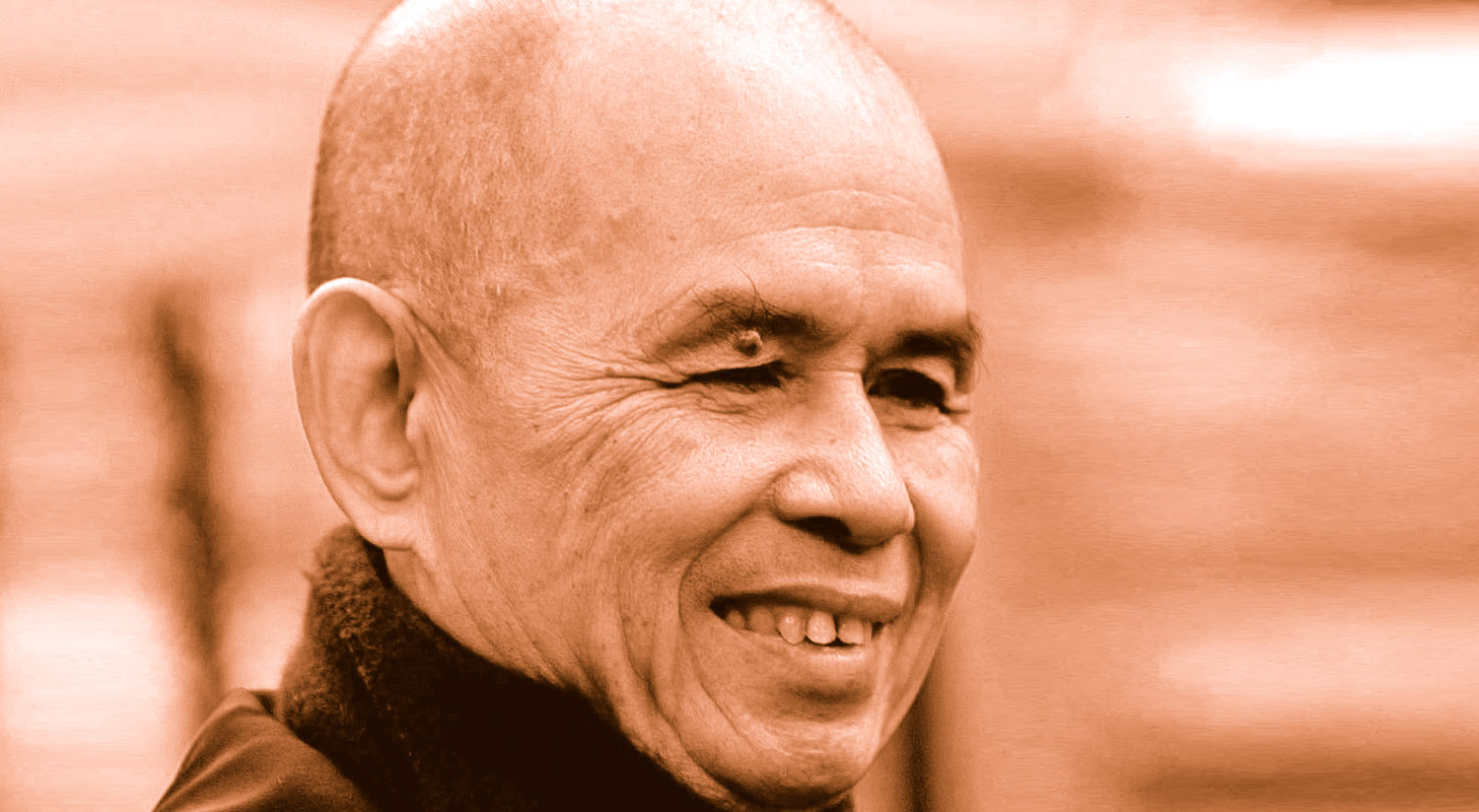
She grants people good health and long life, as well as bestowing on them love and compassion. The powerful White Tara holds a special place in the Buddhist religion. She is a tender mother goddess whose love proves stronger than death. Simultaneously—as is often the case with Buddhist deities—she is simply a part of human nature.
She is sometimes called the female Buddha. In Tibet she is known as Drolma, but in India and Japan she is called Tara. The goddess manifests in twenty one forms, but only two of them are given special veneration: Green Tara and White Tara. The latter can be recognized among the dozens of figures adorning the multicolored thankgas—Buddhist religious paintings—owing to its distinct whiteness, which symbolizes compassion, wisdom, and the absence of the two veils of the mind, which are obstacles on the path to enlightenment (the state of liberation from suffering). The first veil is conflicting emotions; the second is dualistic knowledge—the division between subject and object (for the enlightened mind, everything is one).
The hands of White Tara are arranged in symbolic gestures (mudras): the left hand represents protection, while the right represents sublime giving. In her left hand the goddess also holds a lotus stem from which flowers are growing—some are still buds, others are blossoming, others still are in full bloom. These flowers also have a symbolic meaning—they represent, respectively, the Buddha of the past, present, and future. The goddess is sitting in the lotus posture. This is yet another feature that distinguishes White Tara from Green Tara: the latter’s right leg is to the front so that she can get up and offer help at any time (in Buddhist symbolism, green is the color of enlightened activity and action).
The most important element of White Tara’s image, however, are her seven eyes: two in her eye sockets, one on her forehead, and one each on the insides of her palms and the soles of her feet. With them, she can see suffering. We, beings trapped in saṃsāra—the cycle of death and rebirth—condemned to perpetual wandering and constant reincarnation, will not know peace until liberated from this very cycle. This is where the bodhisattvas, of whom White Tara is one, can help. They have postponed their own enlightenment in order to help others achieve it. They feel the suffering of beings stuck in saṃsāra so acutely that it can be likened to the pain of a strand of hair poking into the eye. Conversely, the unenlightened feel the suffering of others in the same way they would a strand of hair brushing against their hand. The eyes on the goddess’s palms symbolize absolute compassion, total immersion in the suffering of others. Her eyes, moreover, perceive not only suffering, but also the emptiness of all phenomena. The Buddhist concept of emptiness (or vacuity) does not mean nothingness, but a liberation from ignorance, the rejection of misconceptions the mind forms. It is her ability to see emptiness that enables Tara to help all those in need.
Teardrops of Compassion
The origin stories of White Tara are numerous. Bokar Tulku Rinpoche (1940–2004)—a teacher of Buddhism in the West, mainly in France—described several of them in his book Tara: The Feminine Divine. Bokar Rinpoche cites Tāranātha, a 16th-century lama and one of the most eminent scholars of Tibetan Buddhism, according to whom Tara was the daughter of a centuries-old king from a world called Multicolored Light, and was known as Wisdom Moon before receiving the name Tara (which means “Liberator”). One day she took a vow to achieve enlightenment in order to help others. The monks advised her to pray to be reborn in a man’s body, which would make her mission easier, but she objected. She replied: “As long as saṃsāra is not emptied, I will benefit beings appearing in a female body.” According to Bokar Rinpoche, this is how she became the Liberator who “liberated an infinite number of beings in the morning and an infinite number in the afternoon.” In the next kalpa—an epoch corresponding to 4,320 million Earth years, called the kalpa of Perfect Victory—Tara earned the nickname Swift and Courageous, as she entered a state of concentration to protect others from “danger, fears, and demons.” Another story happens in the kalpa known as Without Beginning. At the time, there lived a monk called Stainless who, through the practice of dharma, attained the state of bodhisattva. From then on he was known by the name Avalokiteshvara, which means “lord who gazes down.” Above all, Avalokiteshvara gazed down on the world with compassion for beings trapped in saṃsāra, and the sight caused him to shed two tears. From them sprang two lotus flowers, on which two Taras were born. One of them was White Tara.
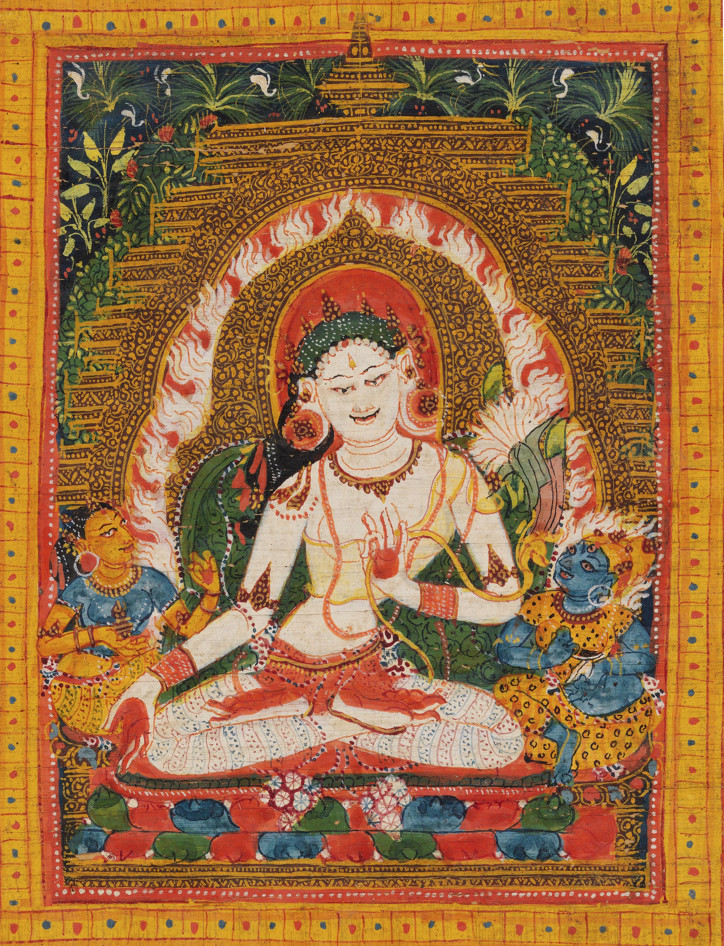
Ten Thousand Prayers
White Tara is famous for her role as a protector who provides good health and longevity. When someone donates a statue (e.g., by funding its construction) or a thangka with an image of the goddess, she grants that person extra years of life.
Bokar Rinpoche recounts the story of a monk who dreamed of the sun rising in the West and setting in the East. The monk went to see a fortune teller and learned that the dream meant he had only three years left to live. The miserable monk then turned to a lama who recommended the practice of White Tara, which includes elements such as prayer, meditation, mantra repetition, and visualization. Tara appeared again and promised to extend his life by ten years if he erected a statue of her. He did so and her promise came true. A decade later, she repeated her request. The same process was repeated every ten years and the monk lived to the age of ninety five.
Tara would also intervene in emergency situations, from the less serious (such as the toothache of Bokara’s teacher Kalu Rinpoche, who relieved the pain by reciting the White Tara mantra ten thousand times) to helping Tibetans fleeing from Chinese troops.
White Tara’s mantra is the following: Oṃ Tāre Tuttāre Ture Mama Ayuḥ Punya Jñānā Puśtiṃ Kuru Svāhā. Her mantra begins similarly to Green Tara’s: “I kneel before the Liberator, the Mother of all the Victorious,” but ends with words specific to White Tara:
Mama—“me, mine”; it suggests that the person uttering the word wishes for a long life, wisdom, happiness, etc. However, one can wish these qualities for someone else—in this case, the word “mama” is replaced with the person’s name.
Ayuḥ—“long life.”
Punya—“merit,” which comes from living ethically according to Buddhist teachings and meditation.
Jñānā—“wisdom,” which together with punya forms the Two Accumulations. To attain enlightenment, one must accumulate merit. These are all actions that create good karma. The basic set of guidelines here is the Eightfold Path. However, merit alone is not enough; it must be accompanied by wisdom.
Puśtiṃ—“abundance, growth, increase.”
Kuru—“make it so”; asking Tara for help on the path to enlightenment.
Svāhā—the final exclamation, a salutation to Tara, a common ending to Buddhist mantras.
All Aspects of Oneness
One might wonder who White Tara really is—a princess living millions of years ago, a deity, the Bodhisattva of Compassion—and all these answers would be correct. Tara is the nature of the mind, which in the case of White Tara is related to motherly compassion and healing. Bokar Rinpoche explains that deities are not something separate from humans; they can be experienced through meditation, which is meant to release dormant qualities within us, potential on the path to awakening. Tara’s forms are therefore iconographic representations standing for certain qualities of the mind, such as unconditional love and unconditional compassion, which anyone can potentially develop. Someone who realizes and manifests these qualities may be called Tara or an emanation of Tara.
When she made her vow to the Buddha, Tara chose to help beings while appearing in a female body, even though she was advised against it. However, this does not show that women are less appreciated in Buddhism. On the contrary, while the masculine aspect (upaya—“skilful means”) is associated with activity and taking action by Buddhists, the feminine aspect (prajñā) symbolizes awareness and wisdom. Activity without wisdom would be meaningless, which is why in Buddhism female wisdom is always at the root of masculine activity. Thanks to the feminine understanding of the true nature of phenomena, one can take actions that lead to enlightenment. Tara is mainly a compassionate wisdom granting good health and a long life. It suffices to recite the mantra—one hundred thousand times multiplied by the number of syllables it contains. For Tibetans, a million repetitions of the mantra doesn’t seem an exorbitant price for what one gets in return.
Notes:
- Bokar Rinpoche, “Tara: The Feminine Divine,” trans. Christiane Buchet (San Francisco: ClearPoint Press, 1999).


